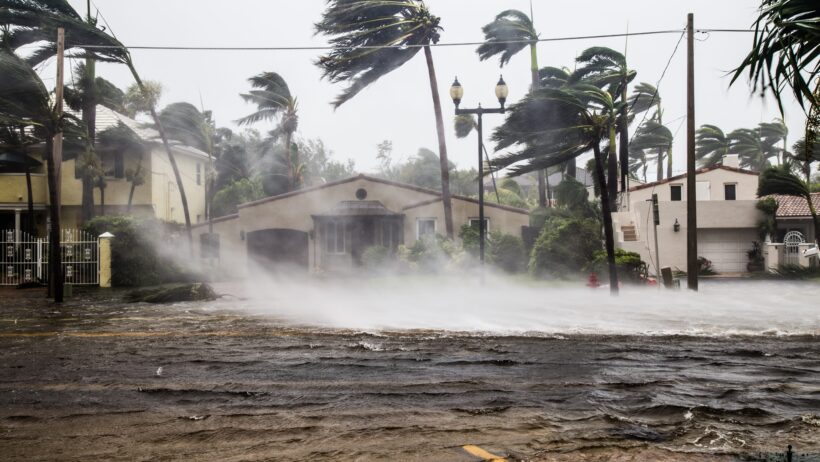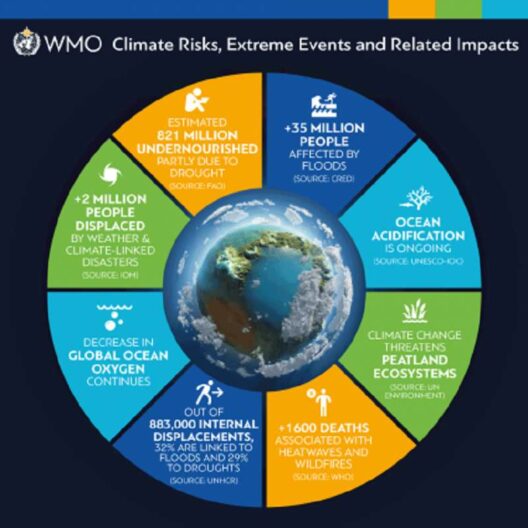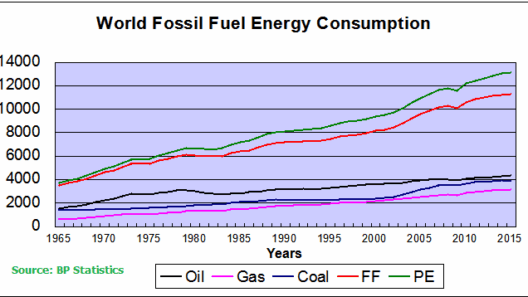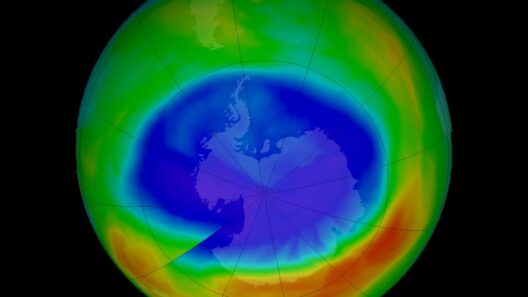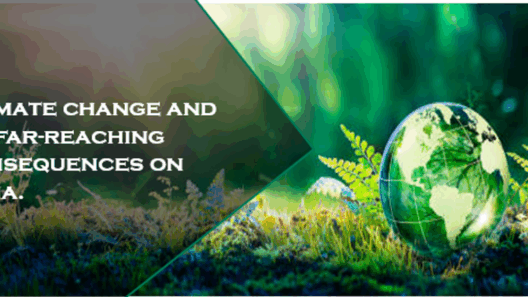Extreme weather events are becoming increasingly prevalent, and the correlation between global warming and these phenomena cannot be overlooked. From powerful hurricanes to oppressive heatwaves, the fingerprints of climate change are evident. Understanding how these forces interact requires a deeper examination of atmospheric and oceanic systems, the implications of rising temperatures, and the socio-economic ramifications faced by vulnerable communities.
Firstly, the link between global warming and extreme weather arises from the fundamental principles of physics. The atmosphere’s capacity to hold moisture increases as temperatures soar. Specifically, for every degree Celsius rise in temperature, the atmosphere can hold approximately 7% more water vapor. This simple yet profound concept explains why we experience torrential downpours and heightened flood risks. Warmer air masses can lead to intense precipitation events, resulting in catastrophic flooding, particularly in coastal areas where populations are dense.
Hurricanes exemplify the dramatic impact of climate change on extreme weather patterns. These storms draw their energy from warm ocean waters. As global temperatures escalate, sea surface temperatures rise, providing more fuel for these cyclonic systems. Consequently, we witness storms that are not only more robust but also more prone to stall, prolonging their destructive impact on populated areas. Recent seasons have borne witness to an increase in the frequency and intensity of hurricanes, with devastation following in the wake of these monstrous systems. Particularly notable is Hurricane Harvey in 2017, which resulted in unprecedented flooding across Texas due to the sheer volume of rainfall, a scenario exacerbated by warmer atmospheric conditions.
Furthermore, as hurricanes intensify, the issue of sea-level rise enters the conversation. Warming temperatures contribute to the melting of ice caps and glaciers, leading to elevated sea levels. This phenomenon compounds the problems incurred by tropical cyclones, wherein storm surges can inundate coastal regions. The risk posed is undeniable: coastal communities are increasingly at risk of permanent submersion, forcing populations to consider relocation, which raises complex socio-political challenges, including climate refugees and urban planning failures.
Heatwaves represent another facet of this complex web of climate-induced phenomena. On average, the frequency and duration of heatwaves are escalating globally. As urban environments absorb and retain heat—a result of concrete and asphalt absorbing solar radiation—heat islands become increasingly prominent. These areas are not only uncomfortable but also pose severe health risks, particularly for vulnerable populations such as the elderly and those with pre-existing health conditions. The body’s ability to combat extreme heat diminishes, leading to increased mortality rates during severe heat episodes.
Moreover, the repercussions of heatwaves extend beyond human health. Agriculture faces dire threats from prolonged periods of extreme heat and insufficient rainfall. Crops sensitive to temperature variables, such as wheat and corn, exhibit reduced yield in hotter climates. With food production increasingly disrupted, the specter of food insecurity looms formidable over numerous regions, particularly in developing countries where agricultural dependence is high. The struggle against hunger becomes intertwined with the inevitability of climate change—a harsh reality that will need to be confronted head-on.
The intricacies of climate change extend beyond the immediate impact of these extreme weather events. Delving deeper, one observes intertwined ecosystems facing unprecedented stress. This interdependence manifests in the natural world, as the habitats of numerous species find themselves fundamentally altered. Altering patterns of migration, breeding, and feeding, changing climates push species to their limits, with many facing extinction if adaptation or migration is not feasible. Biodiversity loss mirrors the increasing frequency of climate-induced disasters, painting a grim picture of our planet’s future.
This panorama of extreme weather is not merely an incidental occurrence but a clarion call to action. The ramifications of neglecting these vital issues are explicit. It is essential for individuals, communities, and policymakers to comprehend that extreme weather events are often interconnected with global warming. Adopting sustainable practices, embracing renewable energy sources, and advocating for legislative action aimed at reducing greenhouse gas emissions are pivotal steps that can help mitigate these effects. Each act contributes to a broader collective effort, propelling society toward a sustainable future.
In conclusion, the intricate relationship between global warming and extreme weather phenomena cannot be understated. Understanding this nexus unveils the pressing reality that extreme weather—be it hurricanes, floods, or heatwaves—manifests as a harbinger of broader environmental crises. More than an environmental concern, it encapsulates the essence of socio-economic stability, public health, and biodiversity preservation. As we collectively navigate the challenges posed by climate change, it is incumbent upon us to address these concerns with urgency and determination. The stakes are undeniably high, and the time for action is now.



